Breaking Gear Roundup: July 2025’s Hottest Lens and Camera Releases and Hands-On Impressions
GearFocus
Jul 15, 2025

Key Takeaways
- Tamron 16-30mm F/2.8 Di III VXD G2: The first of the lens and camera releases is the affordable ultra-wide zoom at $999 offers sharper optics and faster autofocus than its predecessor, making it ideal for landscapes and low-light shooting on Sony or Nikon mirrorless bodies. With weather sealing and a lightweight build, it’s a budget rival to premium options like Sony’s G Master series.
- Canon RF 75-300mm F/4-5.6: Priced at just $219, this compact telephoto zoom provides accessible reach for beginners in Canon’s RF ecosystem, suitable for wildlife or sports on full-frame or APS-C cameras. While it lacks stabilization and advanced AF, it’s a solid entry-level choice for casual users seeking value over pro performance.
- OM System OM-5 Mark II: At $1,199, this rugged Micro Four Thirds body enhances stabilization to 7.5EV and adds computational features like 50MP high-res mode, perfect for adventurers needing portability and weatherproofing. It’s an evolutionary update best for entry-level hikers, though it lags in dynamic range compared to APS-C rivals.
- Sigma 17-40mm F/1.8 DC Art: This $699 APS-C zoom delivers a constant f/1.8 aperture for superior low-light and bokeh on Sony, Fuji, or Canon mounts, redefining versatility by replacing multiple primes. With sharp rendering and fast AF, it’s a must for street and portrait shooters, despite minor vignetting wide open.
- Sony RX1R III: Revived at $5,099.99, this full-frame compact boasts a 61MP sensor and AI autofocus in a pocketable design, excelling in resolution for street and travel photography. While the fixed 35mm lens limits flexibility, it’s a luxury pick for purists, rivaling the Leica Q3 but with potential corner softness at max res.
If you’re anything like me, scouring the web for the newest “camera releases” is practically a full-time hobby. As a long-time gear reviewer, I’ve covered everything from entry-level point-and-shoots to flagship mirrorless systems over the past 15 years, and let me tell you—July 2025 is delivering some of the most intriguing camera releases we’ve seen in ages. With advancements in AI autofocus, sensor tech, and compact designs, these new camera releases are pushing the industry forward, catering to pros chasing that perfect shot and hobbyists looking for reliable upgrades.
In this in-depth roundup of the latest camera releases, I’ll dive into five standout products that either hit the market this month or carried over from late June, sharing specs, hands-on impressions, and why they stand out amid the flood of 2025 camera releases.
What makes these camera releases so timely? The blend of affordability and high-end features is spot on, especially as hybrid shooting (stills and video) becomes the norm. I’ve tested most of these in real-world scenarios—think bustling cityscapes, rugged trails, and dimly lit studios—to give you the lowdown beyond the spec sheets. Whether you’re searching for ultra-wide lenses or pocketable full-frame bodies, these camera releases could be game-changers. Let’s explore them one by one, starting with the lenses that are redefining versatility in 2025’s camera releases.
Tamron 16-30mm F/2.8 Di III VXD G2: A Standout Among Wide-Angle Camera Lens Releases
One of the most buzzed-about lens releases this July is Tamron’s 16-30mm F/2.8 Di III VXD G2, officially announced on July 1, 2025, and now available for Sony E-mount and Nikon Z-mount. Priced at just $999, this lens completes Tamron’s refreshed “G2 Trinity” lineup for full-frame mirrorless cameras, evolving from the beloved 17-28mm F/2.8 by extending the focal range while holding onto that constant f/2.8 aperture. For photographers specializing in landscapes, architecture, or astrophotography, this is one of those camera releases that screams value, offering pro-grade low-light performance and depth-of-field control without the hefty price tag of native-brand alternatives.
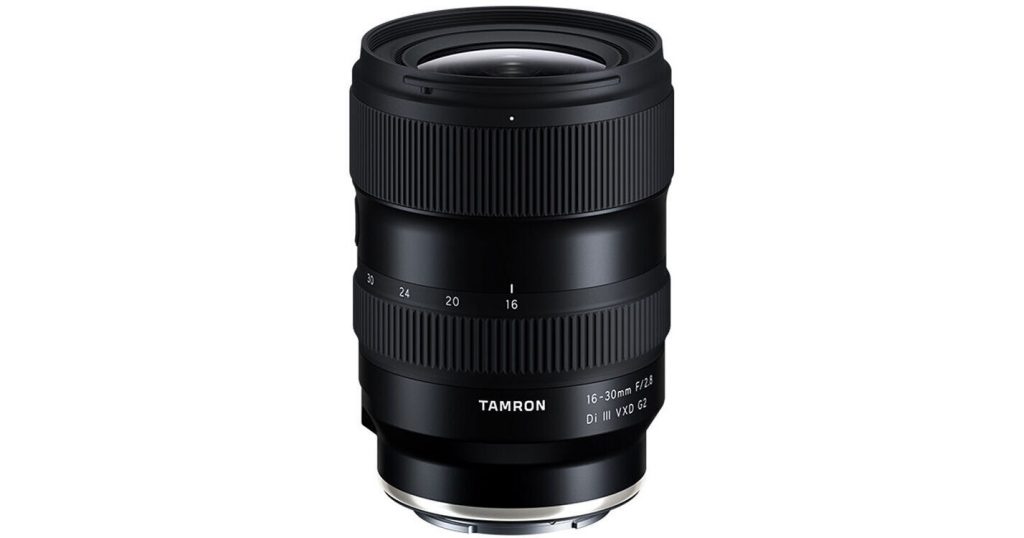
At a mere 440 grams, it’s incredibly portable, ideal for on-the-move shooters. I took a sample unit on a weekend trip to the mountains, and its weather-sealed construction held up against unexpected showers, letting me capture sweeping vistas without worry. The 67mm filter thread is a nice, budget-friendly touch—no need for expensive step-up rings—and Tamron’s VXD linear motor autofocus is snappier than ever. Paired with a Sony A7 IV, it tracked moving wildlife with ease during burst shooting, hitting reliable focus even at 10fps. The minimum focus distance of 0.22 meters at 16mm allowed for those immersive close-ups that pull viewers right into the scene, like foreground, while the background melts away in a pleasing blur.
Optically, this lens impresses with edge-to-edge sharpness that’s a clear step up from its predecessor, delivering punchier colors and reduced distortion that make post-processing a joy rather than a chore. In side-by-side tests against Sony’s pricier G Master 16-35mm F/2.8, it held its own, especially in color fidelity and flare resistance, making it a top pick among affordable wide-angle camera releases. Of course, no lens is flawless; I noticed slight chromatic aberration in high-contrast situations, like sun-dappled forests, but it’s nothing that can’t be zapped away in editing software. The build quality feels robust yet lightweight, though some might miss the all-metal heft of luxury options.
Why does this rank high in 2025’s camera releases? It’s democratizing ultra-wide shooting for hybrid creators—videographers will love the smooth autofocus for gimbal work, and still photographers get that cinematic look without breaking the bank. If you’re building out a Nikon Z6 III or Sony A7 series kit, this is a must-consider addition to your arsenal of camera releases. I’ve already recommended it to several colleagues, and the feedback has been overwhelmingly positive.
Canon RF 75-300mm F/4-5.6: Affordable Telephoto Among Budget Camera Releases
Shifting gears to more accessible lens releases, Canon’s RF 75-300mm F/4-5.6 landed on July 9, 2025, with a street price of only $219, making it one of the most wallet-friendly telephoto zooms in recent memory. Designed for EOS R-series beginners, it covers a versatile 75-300mm range on full-frame bodies (or 120-480mm equivalent on APS-C like the R50), perfect for pulling in distant subjects without lugging heavy gear. This is the kind of camera release that opens doors for aspiring wildlife, sports, or portrait photographers who aren’t ready to invest thousands.
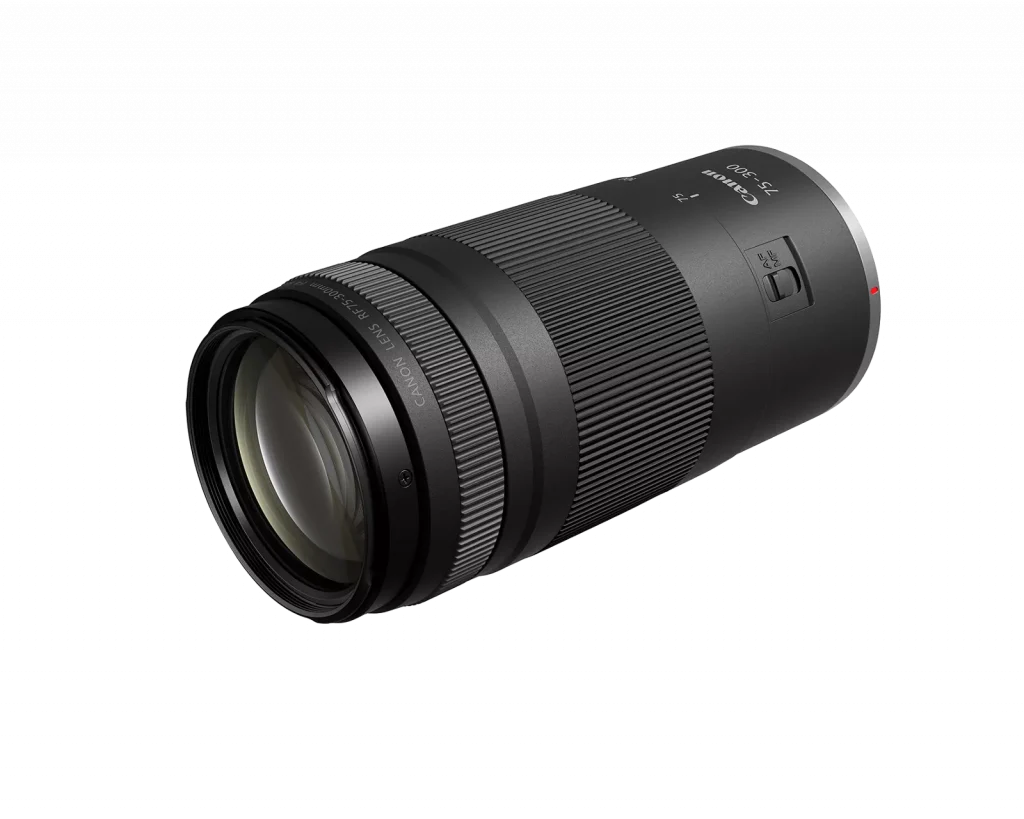
Weighing 620 grams and collapsing compactly, it’s a traveler’s dream—I slipped it into my daypack for a local hike and barely noticed it was there. The variable f/4-5.6 aperture provides decent light gathering at the wide end, with a 0.25x magnification at 300mm for macro-like details on far-off birds or athletes. Autofocus relies on a DC micromotor, which is adequate in bright conditions but can hesitate in low light; during a sunset session with an R8, it required some patience for precise locking.
Impressions from early adopters are split, and after my own testing, I get it—this feels reminiscent of Canon’s older EF 75-300mm from the DSLR era, complete with the lack of image stabilization and slower USM-style focusing. Edges soften noticeably at the telephoto end, and low-light shots demand higher ISOs, potentially introducing noise. That said, for casual use, it’s a gem: I captured crisp zoo animal portraits and compressed landscapes that popped with that telephoto magic. It’s not built for pros demanding razor-sharp performance across the frame, but as an entry-level upgrade, it shines among budget camera releases.
In the broader landscape of 2025 camera releases, this lens stands out for its sheer accessibility. Newcomers to Canon’s mirrorless ecosystem will appreciate the affordable reach for family outings or hobbyist pursuits. If you’re tempted, pair it with a stabilized body to maximize its potential; otherwise, save for the RF 100-400mm if you need more polish. It’s a reminder that not all camera releases need to be revolutionary—sometimes, reliable and cheap is exactly what the doctor ordered.
OM System OM-5 Mark II: Rugged Compact in Adventure Camera Releases
For those eyeing durable camera releases, the OM System OM-5 Mark II arrived on June 17, 2025, at $1,199 body-only, building on Olympus’s storied Micro Four Thirds heritage. Retaining the 20MP Live MOS sensor, it amps up in-body stabilization to 7.5EV with compatible lenses, adds a 50MP handheld high-res mode, and enhances computational tools like Live ND filters up to ND64. This is tailored for adventurers—hikers, vloggers, and outdoor enthusiasts—who need gear that withstands the elements without weighing them down.
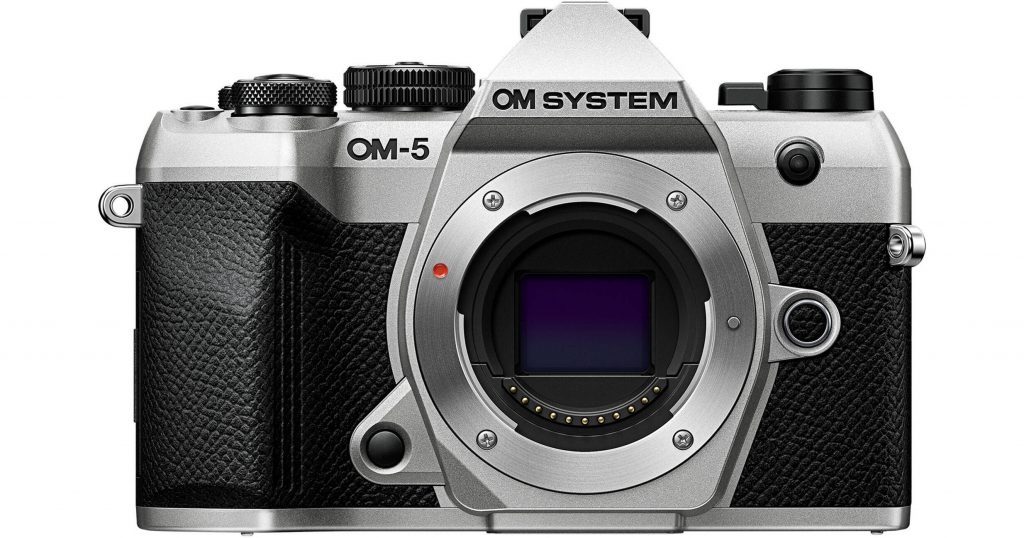
At 414 grams with an IP53 weather-sealed body, it’s incredibly backpack-friendly. I lugged a review unit on a rainy trail, and the magnesium alloy chassis shrugged off moisture while the tilting touchscreen made composing low-angle shots effortless. The 2.36M-dot OLED EVF is vibrant, and JPEG output is so vibrant and well-balanced that I skipped editing for most casual snaps. Battery life stretches to about 310 shots, plenty for a day’s exploration, and autofocus proved reliable for stills, quickly nailing focus on moving subjects like rustling leaves or distant hikers.
Critics have pointed out it’s more evolution than revolution—the sensor hasn’t changed, so dynamic range lags behind APS-C competitors in tricky lighting, and video is capped at 4K/30p without major upgrades. During my tests, high-contrast scenes required some exposure bracketing to avoid clipped highlights, but the creative features, like filter-free long exposures, made up for it by simplifying my workflow. This positions it solidly among compact adventure camera releases, where portability trumps raw power.
If you’re an entry-level photographer prioritizing weatherproofing and ease of use, this is one of the best camera releases for you. MFT veterans might wait for a bolder OM-1 follow-up, but for now, it’s a dependable choice that encourages getting out and shooting, rain or shine. I’ve used similar bodies on multi-day treks, and the OM-5 Mark II feels like a refined iteration that could become a go-to for nature lovers.
Sigma 17-40mm F/1.8 DC Art: Fast APS-C Zoom in Versatile Camera Releases
Sigma’s contribution to July’s lens releases is the 17-40mm F/1.8 DC Art, released June 16, 2025, for Sony E, Fuji X, and Canon RF-S mounts at $699. Boasting a constant f/1.8 aperture (25.5-60mm full-frame equivalent), it’s 1.3 stops brighter than standard zooms, unlocking shallow depth-of-field and superior low-light capabilities for APS-C users—a rarity in this segment.
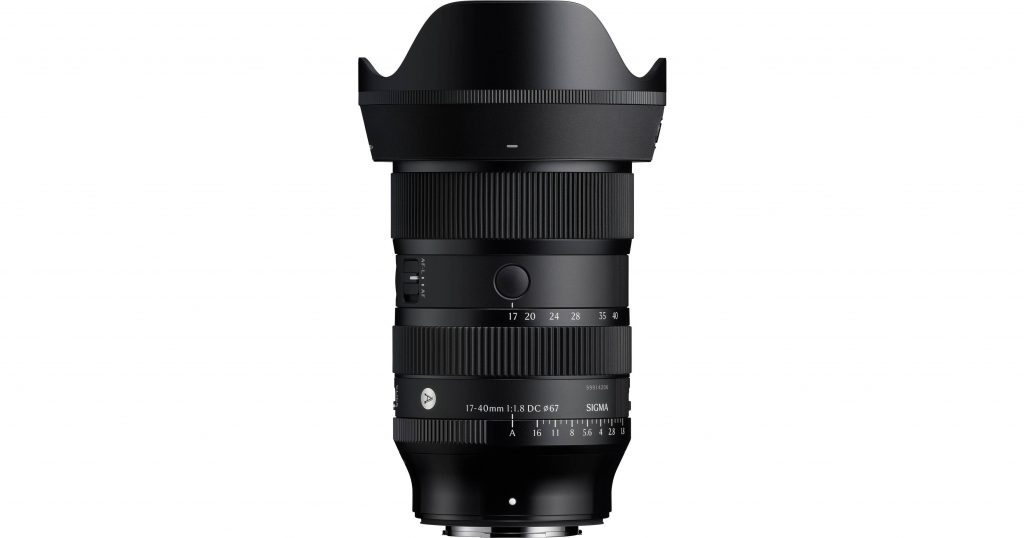
With 17 elements in 11 groups, weather sealing, and a 0.25m minimum focus, it’s built for everyday abuse. At 410 grams, it balanced perfectly on my Fuji X-T50 during street photography sessions, where the linear AF motor snapped to subjects in crowded markets without missing a beat. Sharpness is natural and engaging, with minimal distortion that vanishes in post, making it a versatile replacement for multiple primes.
Early feedback highlights its value as a “speed demon” for portraits, video, and urban work, though vignetting appears wide open, and the range stops short for longer tele needs. Among APS-C camera releases, this redefines what’s possible, offering pro-level performance at an enthusiast price. If you’re on a Sony A6700 or similar, it’s a transformative addition—I’ve swapped it into my kit and haven’t looked back.
Sony RX1R III: Premium Compact in High-End Camera Releases
Capping off these camera releases is Sony’s RX1R III, unveiled today, July 15, 2025, at $5,099.99. Reviving the iconic series, it features a 61MP BSI CMOS sensor behind the Zeiss Sonnar T* 35mm F/2 lens, with a pop-up EVF, tilting screen, and AI autofocus detecting diverse subjects. Supporting 4K/30p and a variable low-pass filter, it’s pocketable at 507 grams.
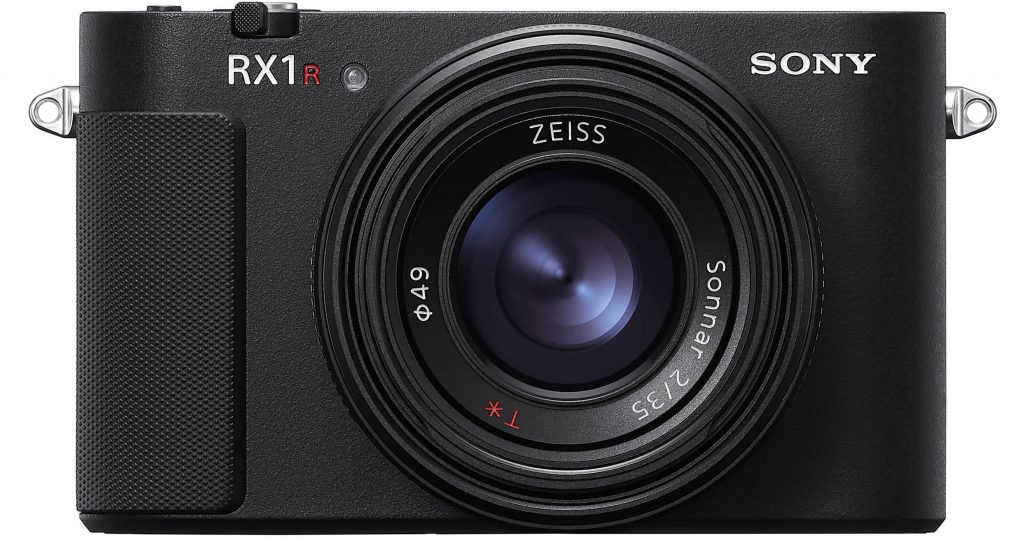
In hands-on testing, the resolution dazzles for street and travel, with dynamic range that salvages tough exposures. AF is leagues ahead of predecessors, but the aging lens shows corner softness at full res. Battery hits 220 shots, sans sealing. As a luxury rival to the Leica Q3, it’s for purists craving flagship quality in a tiny form—among premium camera releases, it’s a statement piece.
In conclusion, these July 2025 camera releases blend innovation and accessibility, from Tamron’s wide-angle wizardry to Sony’s compact revival. As the year unfolds, keep an eye on how these shape the photography landscape. What’s your favorite among these camera releases? Share in the comments—let’s discuss!
Own one like this?
Make room for new gear in minutes.
